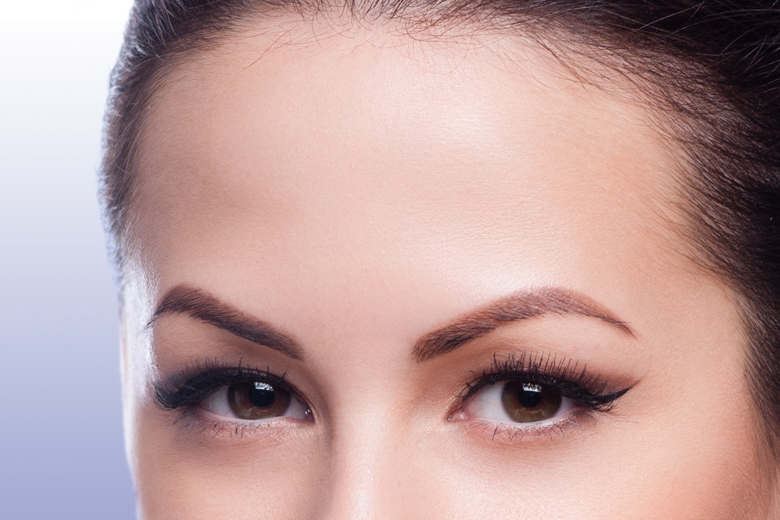BROW LIFT

A forehead lift or “browlift” is used to correct a drooping browline (eyebrow area) reducing the horizontal lines and furrows (worry lines) that often make a person appear angry, sad or tired. The procedure creates a refreshed, youthful appearance to the forehead area above the eyes.
When performing a forehead lift procedure, muscles and tissue areas that droop or cause creases are removed or corrected to smooth the skin on the forehead to reduce frown lines and raise the eyebrows.
There are two surgical methods, and during your initial consultation the procedure that works best for you will be recommended. The first is the most conventional method where a surgical incision is hidden just above the hairline. Browlifts are also performed using an endoscope which enables the procedure to be performed with a minimal number of incisions. While the traditional method can sometimes attain more lift, both methods create smoother, flatter skin on the forehead.
Common Brow Lift Techniques
There are two techniques used for performing brow lifts. The classic lift requires a long incision that runs across the top of the head, at the hair line, and down to the ears. However, for a woman who has a high forehead, a coronal incision, which is made behind the hairline, may be used. The endoscopic lift requires three to five small incisions that are made across the forehead, at the hairline. These shorter incisions mean a shorter recovery time and less scarring than those from a traditional brow lift.
Which technique is chosen depends on the thickness, texture and elasticity of the skin, the bone structure of the face, the overall appearance of eyebrows and eyelids, and the position of the eyebrows.
The Brow Lift Procedure
Brow lift surgery usually takes about one to two hours to perform, and takes place at a hospital, an office-based surgical suite, or an ambulatory center. Either general anesthesia or intravenous sedation is used. Depending on the surgical technique used, one long incision or a series of small incisions is made. Tissue and muscle underneath the skin are moved or repositioned as necessary. At the end of the procedure, the incision(s) is closed with sutures, screws, adhesives or surgical tape; a drain may be put in to collect excess blood and fluid. Postsurgery, the patient is moved to a recovery area for observation.
Recovery From A Brow Lift
A patient typically returns home on the day of the brow lift surgery, although an overnight stay may be necessary for some. Swelling may be pronounced for the first day or two after surgery, although most swelling goes away within 2 weeks. To prevent post-operative bleeding, bending and heavy lifting should be avoided for a few days. It can take up to 6 months for swelling to fully subside and scars to fade.
Results of A Brow Lift
Depending on the patient’s presurgical appearance and goals, a brow lift’s results, which can be seen immediately, can be either subtle or dramatic. Eyes will appear more “open,” and creases across the forehead, bridge of the nose, and between the eyes will be much less prominent.
Risks Associated with A Brow Lift
Prior to scheduling surgery, the patient and surgeon should fully discuss the risks associated with a brow lift. In addition to those associated with any type of surgery, a brow lift’s risks include the following:
- Hair loss around the incision site(s)
- Facial asymmetry
- Higher hairline
- Injury to facial nerves
- Eye dryness/irritation
The chance of complications is minimized by choosing a board-certified plastic surgeon who has experience in performing brow lifts.

 Call Now
Call Now